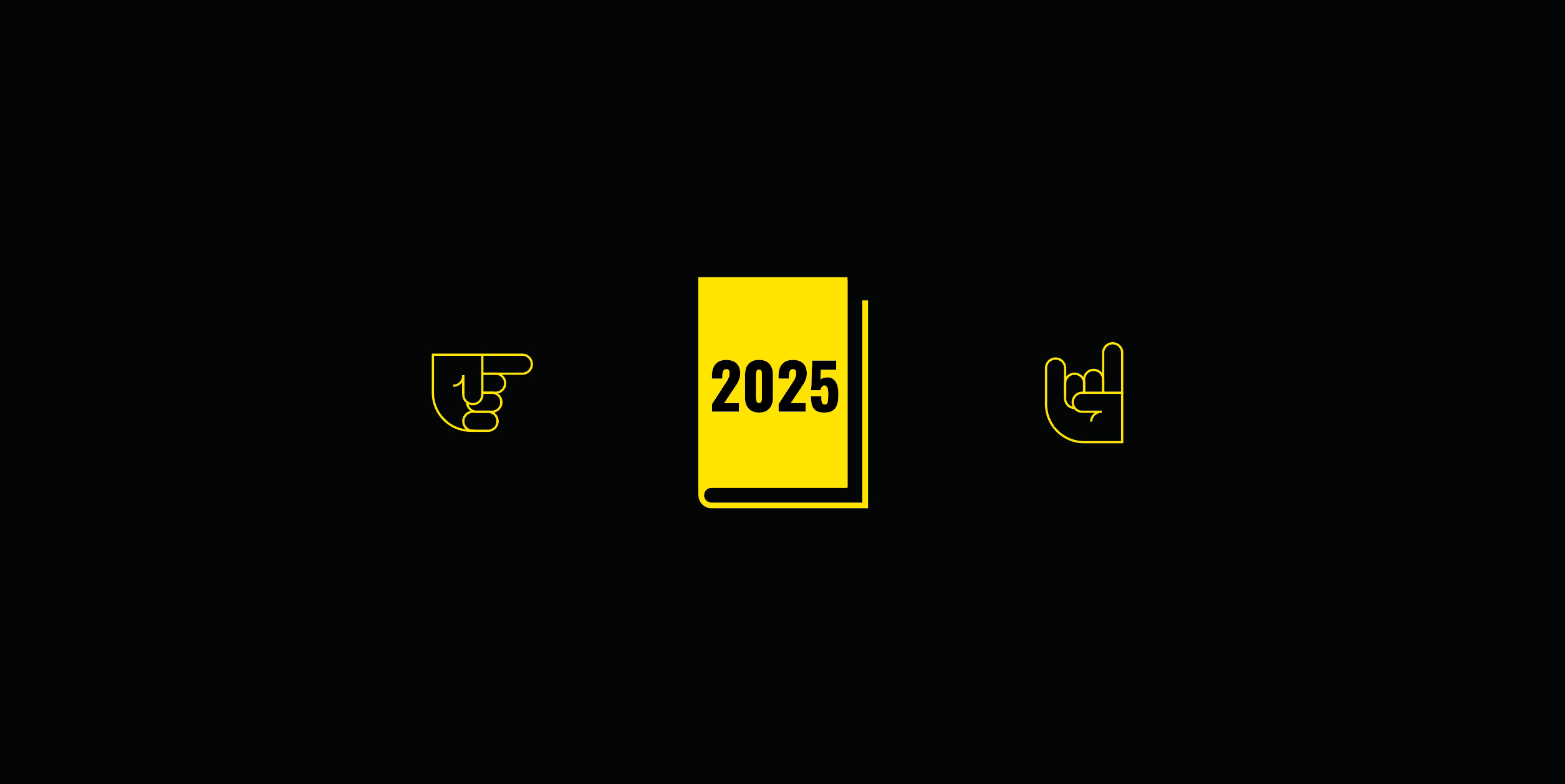About one-third of charitable giving happens in December, and much of that takes place in the last 3 days of the year.
So how can you make the most of your donors’ year-end intentions?
By launching an end-of-year matching campaign.
A matching campaign not only capitalizes on donors’ last-minute giving… but also amplifies it by incentivizing them to give generously for double the impact.
Read on to find out how to start planning your own year-end matching campaign.
What’s a matching campaign?
In a matching campaign, you secure pledges from a hand-picked group of major donors. These lead match donors commit to matching contributions given to a specific fund within a specific time frame.
For every dollar donated by other individuals during a matching campaign, the lead match donors will contribute an additional dollar, effectively doubling the impact of the original donation.
That means a $50 gift becomes $100… $500 turns into $1,000… and, well, you get the idea.
These omnichannel, year-end campaigns typically run 8–12 weeks long, culminating on December 31.
And what’s so beautiful about a matching campaign?
- People give more if they know it will be matched
- It increases your nonprofit’s visibility
- You expand your donor base
- It improves donor retention
How matching campaigns inspire generosity
These end-of-year campaigns often result in higher response rates.
Here’s why:
Social proof
When you see other folks investing in something, it tells you the cause is a worthy one. Social proof validates the cause, increasing the likelihood that a person will join in and contribute.
Desire for impact
People want to feel that their actions have a positive impact. When they see that their donation will be matched for double the impact, it assures them their gift will be amplified for greater effect.
Urgency
Placing the offer within the limited timeframe creates a sense of urgency. This incentivizes potential donors to take advantage of the offer and to give before the opportunity ends.
4 steps to kickstart your campaign
1. Start early
Give your team plenty of time to find lead match donors, design your campaign, and launch each component of your campaign.
Begin planning at least 3 months before launching the campaign.
For year-end campaigns, this means starting to build your plan roughly around mid-summer.
An early start allows you to develop your core messaging and integrate it into every piece of copy for a cohesive, consistent communications strategy.
2. Gather the details
Work with your team to establish key details, including:
- Campaign launch date and deadline
- The designated fund eligible for the match
- The tangible impacts to be promoted (i.e. “Your gift will help support…”)
- The match amount
3. Create a timeline
Plot out key dates and deadlines for producing and launching campaign deliverables.
Then build in plenty of time to:
- Create a theme
- Design a visual identity
- Craft your core messaging
- Write, design, and launch deliverables
Be sure to take into account the time you’ll need for copywriting, design, approvals, printing, and mail delivery.
4. Find your donors
Approach a select group of major donors and ask them to consider contributing a matched gift.
Present your offer through a letter. Be sure to explain, in clear and simple terms, how the match works. Don’t wait for your major donors to tell you what they’ve decided. Instead, be proactive and prompt, following up with them by phone.
Which major donors should you ask? Here are some ideas to consider:
- Board members
- Donors who’ve matched gifts in the past
- Major donors who have yet to give a gift this year
A final word of encouragement
Running a matching campaign isn’t for the faint of heart.
If the thought of launching a year-end matching campaign has you feeling like a squirrel juggling acorns during an earthquake, remember: You don’t have to do this alone.
Many hands make light work.
Pull together your team, and tell them how donors are more motivated to give generously when they hear that the impact of their gift will be doubled.












